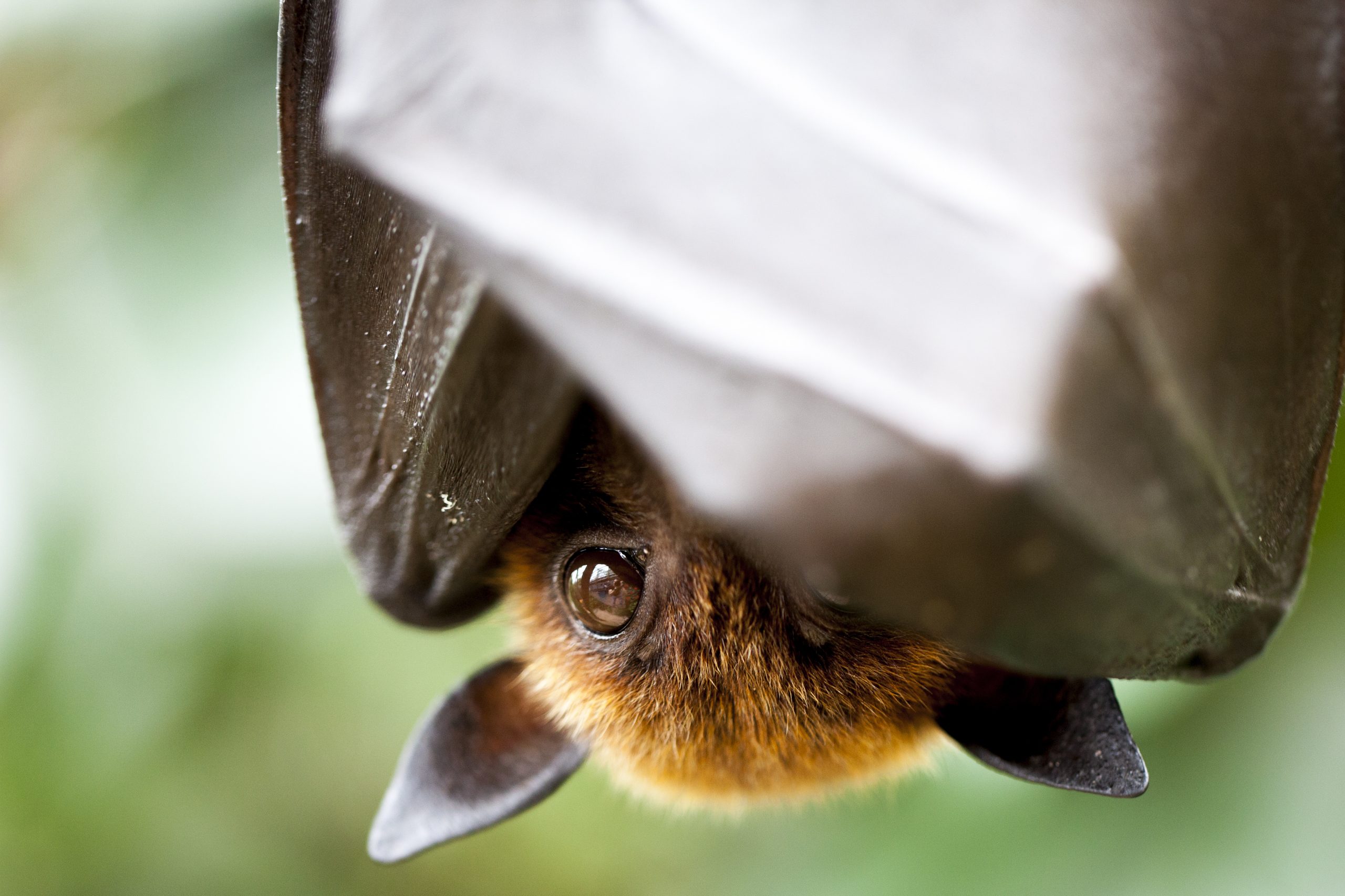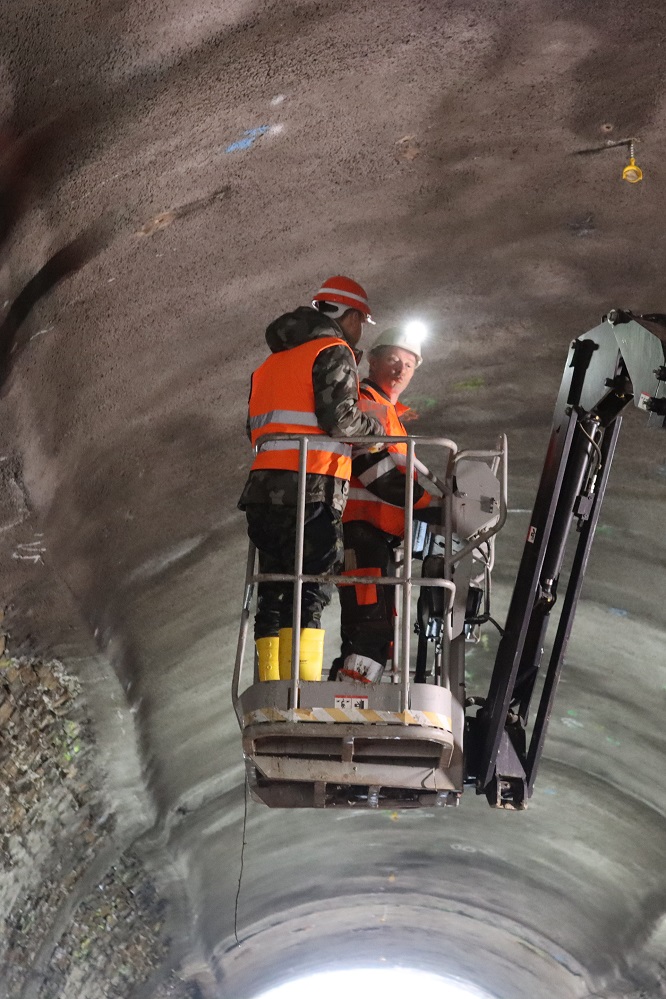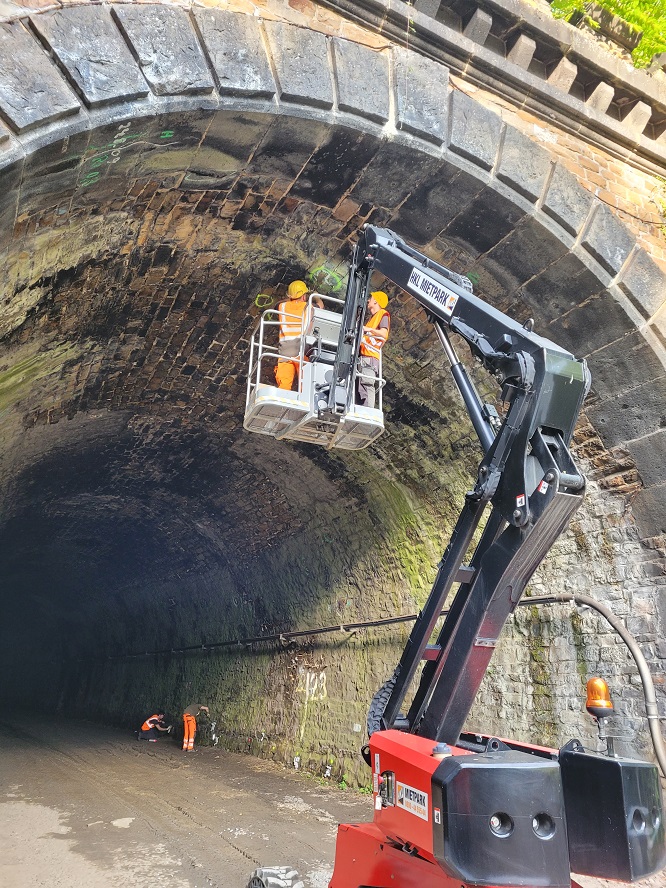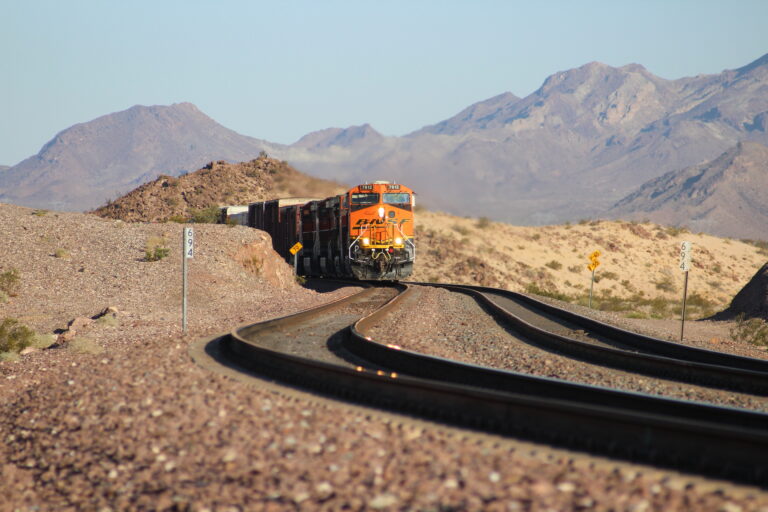Biodiversity is essential for human life. Without it, ecosystems cannot thrive, which in turn diminishes the fertility of the soil we farm, the cleanliness of the water we drink and the quality of the air we breathe. Using two projects to illustrate their points, our environmental experts show how we can combine our conservation and construction goals to achieve the best of both worlds.

In 2013, the General Assembly of the United Nations named March 3 as World Wildlife Day. Multiple studies show that plant and animal populations are in steep decline around the world, and a UN report from 2019 predicts that 1 million out of a total of 8 million species could face extinction within the coming decades.
What can we do to counteract this dramatic development? When we are planning and working on a construction project, our environmental experts focus on conservation work and develop environmental restoration measures. We also work closely with governmental conservation bodies and Germany’s Federal Railway Authority, and the results of our environmental activities are not only documented, but they also remain under observation for a lengthy period, sometimes several decades.
Over the years, our environmental planners have built up an impressive portfolio of expertise when it comes to balancing our business and environmental goals. This requires the right technology in addition to professional knowledge. And, of course, a little patience is a great asset too.
Using an endoscope and lift truck to protect bats at Horchheim Tunnel
The rail tunnel in Horchheim , a suburb of Koblenz, opened in 1902, but environmental factors mean that it has now reached the end of its service life, so we are currently in the process of renovating the tunnel to bring it up to modern standards. Since fall 2021, we have removed the tunnel portals, built new embankments and dug new excavation pits. Our plans for winter 2021-2022 included starting work on the tunnel and commencing boring. This involves removing the old masonry in the tunnel and, if necessary, blasting the bedrock or dislodging it with chisels and excavators.
 Lift truck in Horchheim tunnel
Lift truck in Horchheim tunnelLift truck in Horchheim tunnel 
The challenge facing our colleagues from environmental construction supervision is that, after more than a century of use, the tunnel has also turned into a home for bats. Some stretches of its ceiling and walls could easily remind you of a cave with stalactites and bizarre calcium carbonate formations covering the masonry. There are crevices, cracks and fissures everywhere, making it the perfect place for bats to spend the winter. Germany is home to 25 species of bats, and all of them are under the highest level of protection.
For this reason, we prepared for the construction phase by checking each and every crack and crevice to see if bats had moved in, and when we were sure an opening was empty, we sealed it with spray foam. It was a major undertaking. Some nooks and crannies were so deep that we couldn’t even see inside with an endoscope. In these cases, we covered the gaps with specially designed sheeting that allows bats to get out but prevents them from getting back in afterwards.
Removing individual bats by hand
We did this so any bats arriving in late fall would have to find another place to roost for the winter, but despite all our work, our environmental experts spotted a few pipistrelles during their construction supervision activities in December and January. These animals had to be evacuated as quickly as possible so they were no longer at risk from blasting and demolition work.
Our biologists used a lift truck to reach the ceiling of the tunnel, where they were able to remove the bats by hand. The animals did not try to escape or defend themselves. Following coordination with the local nature conservation agency and the municipal office for protecting bats, we packed the creatures into special transportation boxes, brought them to another nearby tunnel and released them there. Mission accomplished. It was a great success.

Sand lizards get a new home due to the big bend at Neufahrn
You can also see conservation in action at Neufahrn, north of Munich, where the construction of a 2.3 km connecting line encroached on the habitat of sand lizards. To replace their lost home, we identified an area that we restructured to suit the lizards’ needs by adding wood debris, sand and gravel. We even worked out a special plan for mowing the area so that the animals would have spots for sunning themselves as well places to hide.
The lizards came by themselves – and stayed too
The area was under observation for five years, between 2015 and 2019. We wanted lizards to move in of their own accord, and we noticed that some animals were already arriving as monitoring started. They began breeding at the site as early as 2016.

This population grew steadily over the following years, and in 2018, following consultations with the Federal Railway Authority and the local municipality of Freising, we were able to declare that our conservation work had met its objective. We will continue with our successful approach to managing the area so that the lizards can enjoy their new home permanently.
Contact
DB Engineering & Consulting
EUREF-Campus 14
10829 Berlin
Germany





